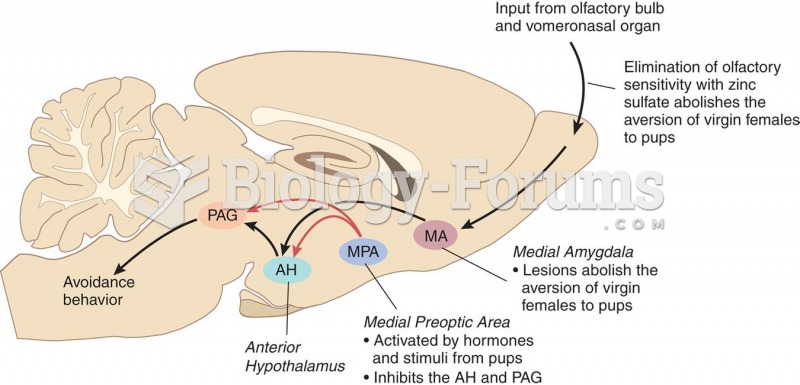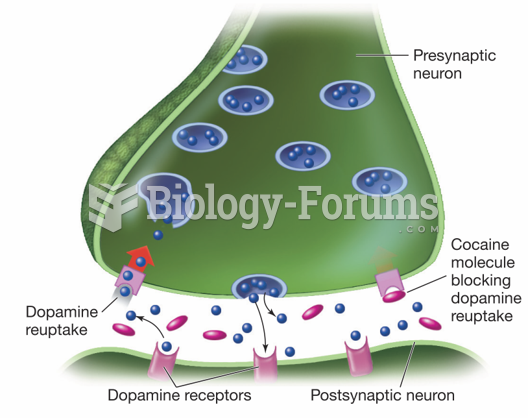|
|
|
On average, someone in the United States has a stroke about every 40 seconds. This is about 795,000 people per year.
Egg cells are about the size of a grain of sand. They are formed inside of a female's ovaries before she is even born.
All adverse reactions are commonly charted in red ink in the patient's record and usually are noted on the front of the chart. Failure to follow correct documentation procedures may result in malpractice lawsuits.
Between 1999 and 2012, American adults with high total cholesterol decreased from 18.3% to 12.9%
In the United States, congenital cytomegalovirus causes one child to become disabled almost every hour. CMV is the leading preventable viral cause of development disability in newborns. These disabilities include hearing or vision loss, and cerebral palsy.







